October 30, 2017
Employees are investing their own time and money to remain competitive in the changing workplace
 Capgemini and LinkedIn have published a new global report exploring the ‘digital talent gap’, which analyses the demand and supply of talent with specific digital skills and the availability of digital roles across multiple industries and countries. The report, The Digital Talent Gap—Are Companies Doing Enough? claims to reveal the concerns felt by employees when assessing their own digital skills and the lack of training resources currently available to them within their workplace. Highlights include the fact that nearly 50 percent of employees, rising to close to 60 percent for what the report calls digitally talented employees are investing their own money and additional time beyond office hours to develop digital skills on their own. Capgemini surveyed 753 employees and 501 executives at the director level or above, at large companies with reported revenue of more than $500 million for FY 2016 and more than 1,000 employees. The survey took place from June to July 2017, and covered nine countries – France, Germany, India, Italy, the Netherlands, Spain, Sweden, the United Kingdom and the United States and seven industry sectors.
Capgemini and LinkedIn have published a new global report exploring the ‘digital talent gap’, which analyses the demand and supply of talent with specific digital skills and the availability of digital roles across multiple industries and countries. The report, The Digital Talent Gap—Are Companies Doing Enough? claims to reveal the concerns felt by employees when assessing their own digital skills and the lack of training resources currently available to them within their workplace. Highlights include the fact that nearly 50 percent of employees, rising to close to 60 percent for what the report calls digitally talented employees are investing their own money and additional time beyond office hours to develop digital skills on their own. Capgemini surveyed 753 employees and 501 executives at the director level or above, at large companies with reported revenue of more than $500 million for FY 2016 and more than 1,000 employees. The survey took place from June to July 2017, and covered nine countries – France, Germany, India, Italy, the Netherlands, Spain, Sweden, the United Kingdom and the United States and seven industry sectors.















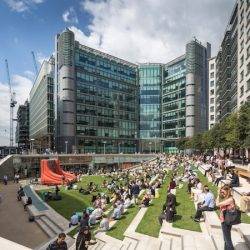
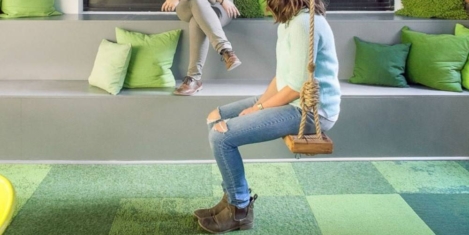






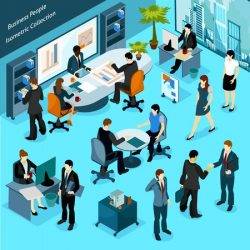
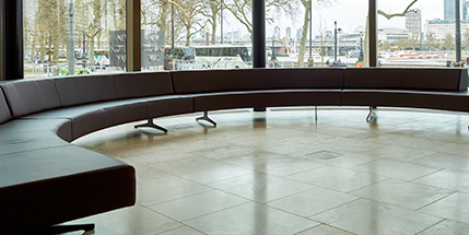
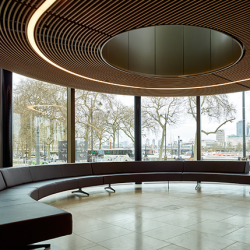









October 19, 2017
Future office and changing business of work debated at Workplace Trends
by Sara Bean • Comment, Coworking, Facilities management, Technology, Wellbeing, Workplace design
(more…)